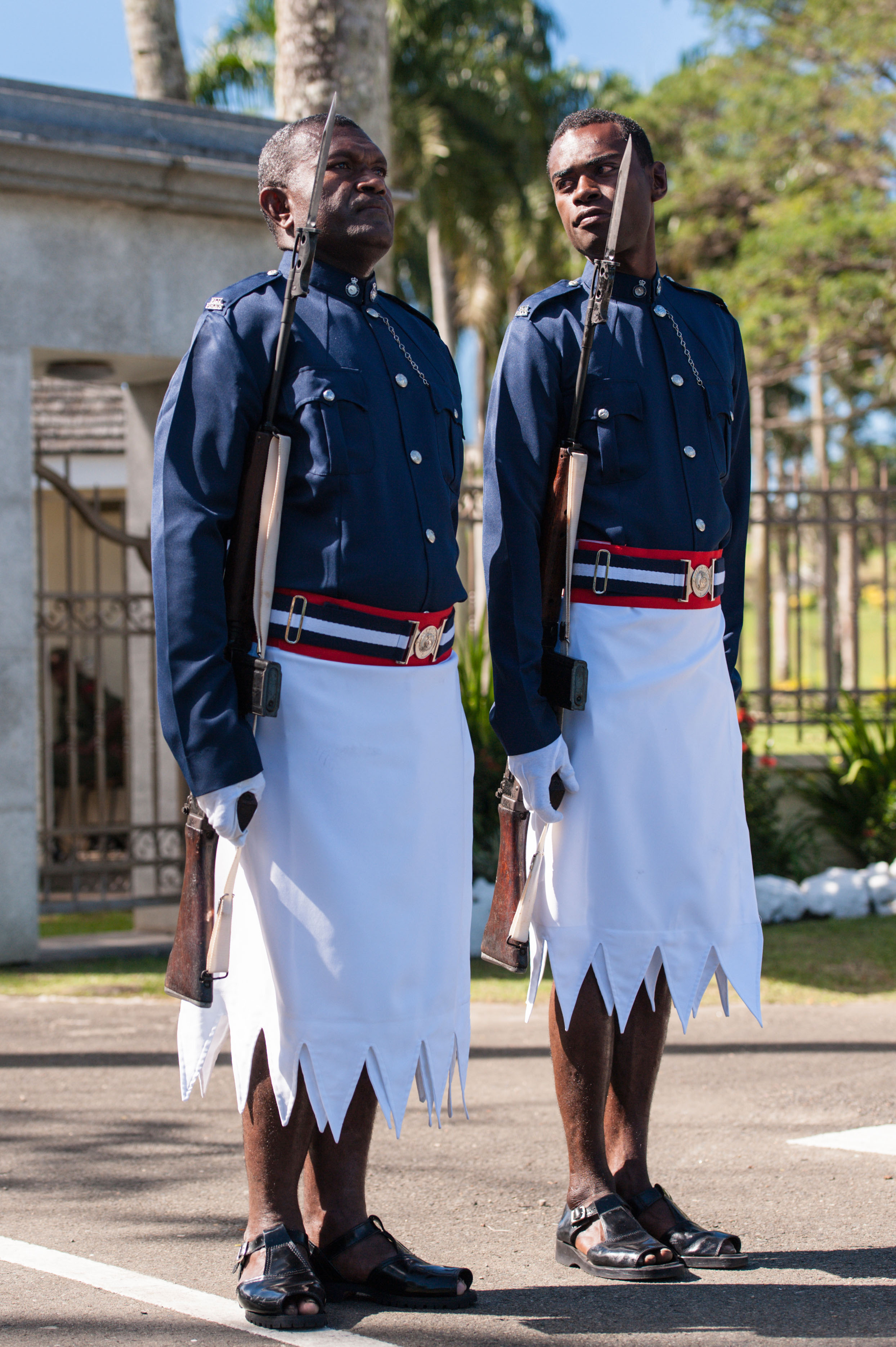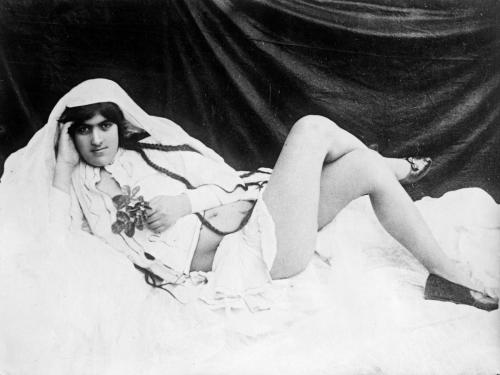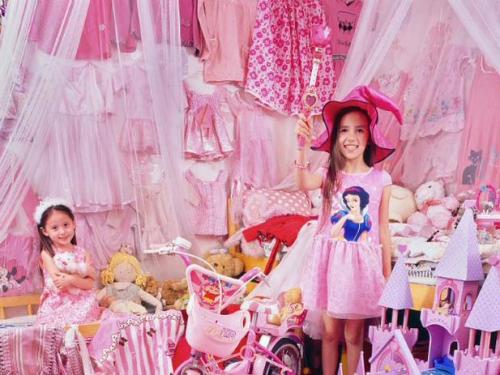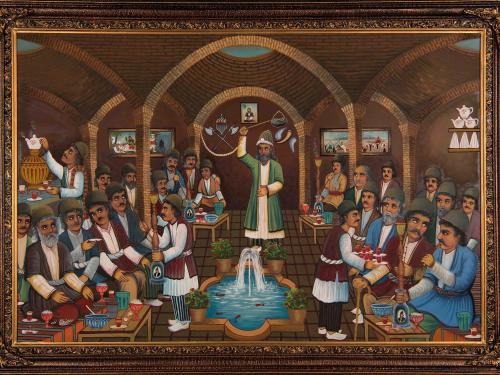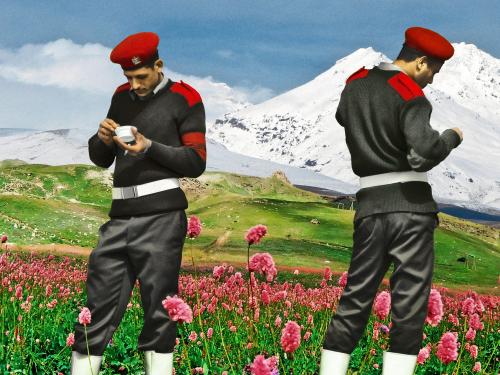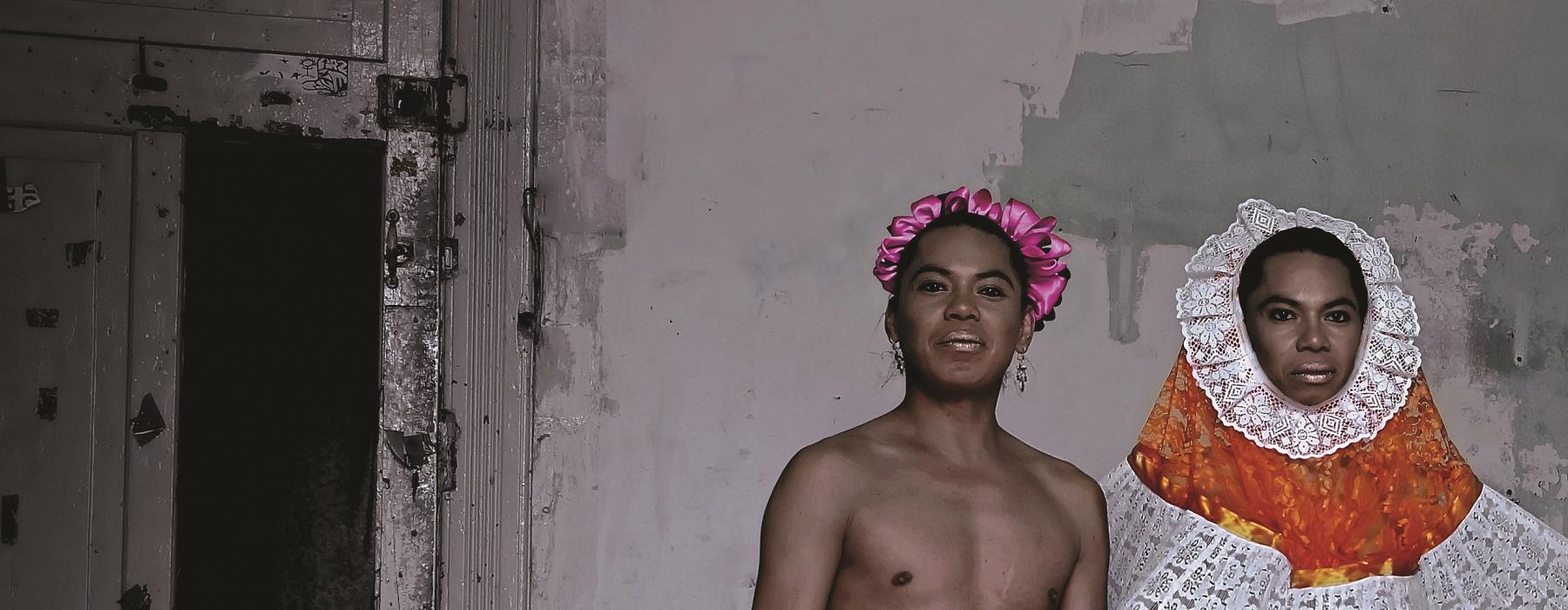
You will find several skirts in the exhibition. In Fiji both men and women wear a skirt, sulu. The sulu tavatava, a skirt with a zigzag hem, is part of the police uniform. The skirt is fastened with a buckle at the waist. Above the skirt, a police officer, usually a man, wears a western-style shirt.
